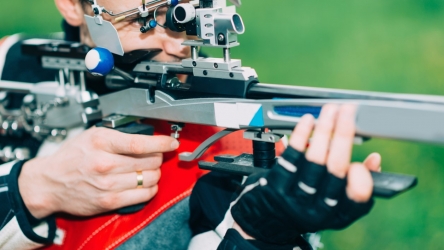
The winter months are cold and long for cricket lovers, with a long time to wait before you can head out into the field again in spring and smell the freshly cut grass and the feel of the ball in your hand. There are ways to look after your love of cricket and maintain your cricket equipment during the winter months.
Many of us will leave our bat and ball, jumpers, gloves and assortment of cricket equipment lying in our cricket bag in the garage; or maybe you left a few things in the dressing room after a poor final innings of the season this summer. You’ll want to use all of your cricket equipment and clothing again next year, so how can you make sure everything is looked after and ready to go when winter ends and cricket goes outdoors again?
Prepare and Store
The last thing we want to do when the cricket season is over is to clean out our cricket bag and make sure everything is tidied away and put in its place. There is only one thing worse though, doing all of that in the New Year when you go to use that cricket equipment again! Take out those pads, whites and everything you’ve used in the summer, clean your cricket bat and place it in a bag ready to be stored away in a cool, dry place (safe from damp).
Options for Cricket Bag Storage
For many cricketers, one of the ways in which they protect the blade of the cricket bat is to store it over the winter using a protective anti-scuff sheet. This is great but there are other, simple options. When you put your cricket bag away for the winter, leave the face on to prevent heat and damp having an effect on your bat, then when you take it out again, oil it lightly, let it dry and apply anti-scuff.
Oil When the Time is Right
As winter nets approaches it’s time to get your trusted cricket bat out and prepare it for use. If you go ahead and use your bat without oiling it first it is more likely to crack and break. Linseed oil is a great start, giving your cricket bat a light oiling and ensure it is ready to go in the nets. Less is more, however, over-oiling can be a bigger problem than not oiling your bat at all.
Choose Your Equipment for Practice
Whether you’re going for a net practice on your own, outdoor or indoor practice, an intense session with one other person or team training, try to choose the right cricket ball or cricket bat for the occasion. It pays not to take a brand new cricket bat, or your favoured bat to the first training session, same with a new ball. It doesn’t take much to damage a new cricket bat if you’re not completed prepared and given it the time to breath.







